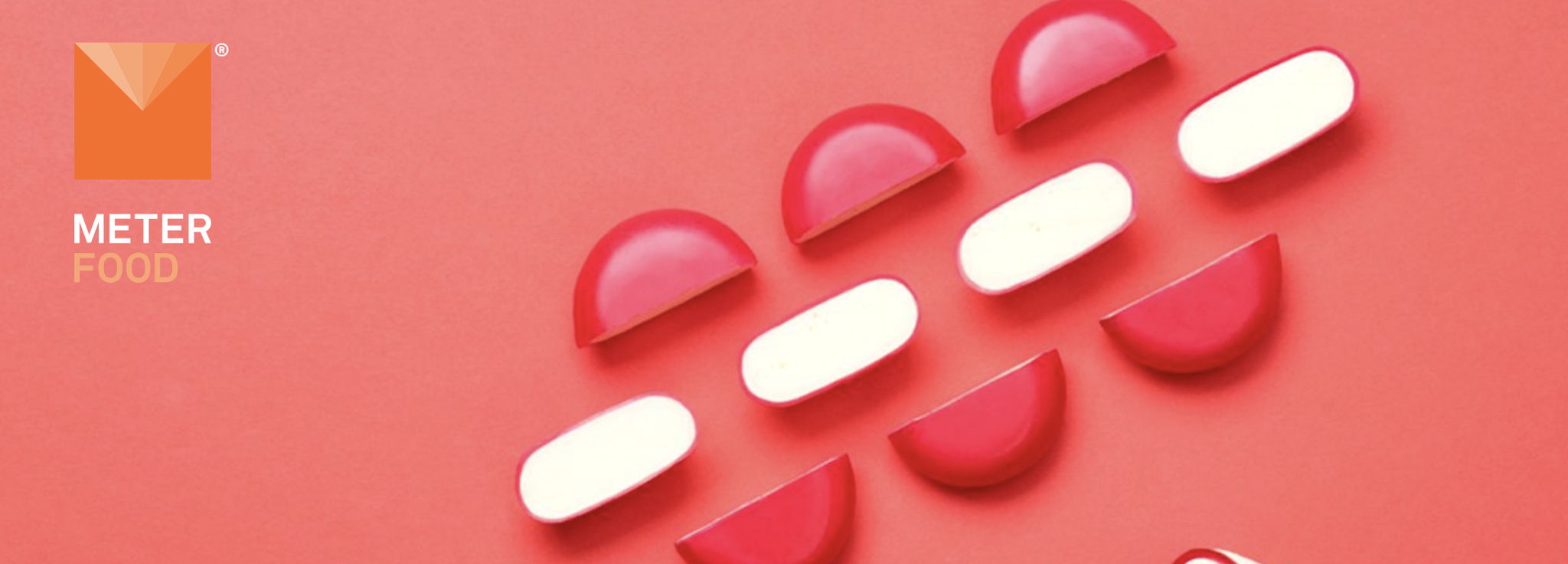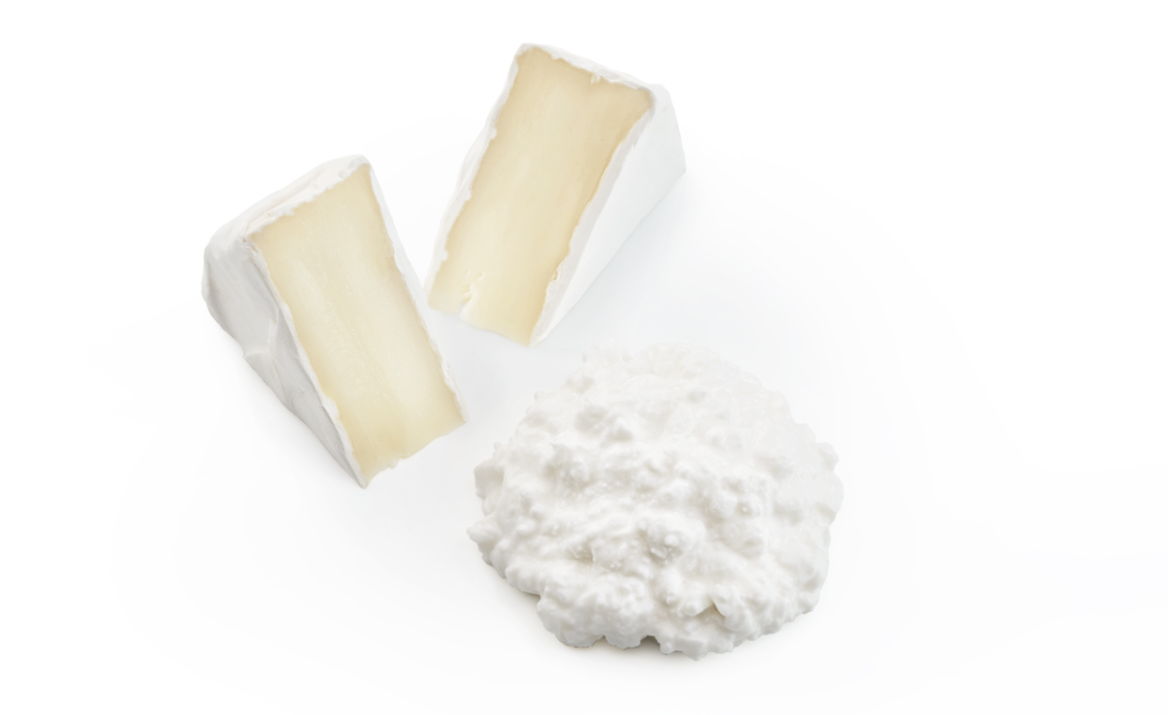METER Group: Water activity controls microbial growth

While temperature, pH, and several other factors can influence whether an organism will grow in a food product and the rate at which it will grow, water activity may be the most important factor. Most bacteria, for example, do not grow at a water activity range below 0.91, and most molds cease to grow at water activities below 0.70. Water activity in combination with other hurdles, such as pH, temperature, or modified atmosphere packaging, will limit microbial growth even at water activities higher than 0.91.
Learn more—watch Water Activity 102

Everyone knows water activity is related to microbial growth. But how can you use that knowledge to your advantage in formulation, specification, production, and packaging?
Watch this this 30-minute webinar, (CLICK HERE) to learn:
- what you need to know about how water activity predicts microbial growth
- how to use specific organism aw limits relevant to your industry in setting your specs
- how to use different formulation techniques (including humectants, films, coatings) to hit the water activity you need
- why you should consider hurdle technology to address certain challenges
Next, check out "How do manufacturers keep intermediate moisture foods microbially safe during a lengthy shelf-life?"